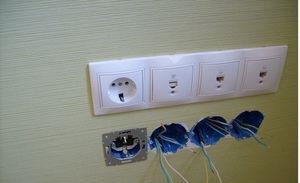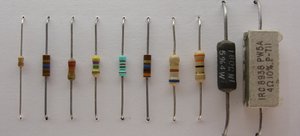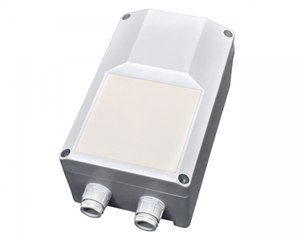How to check relay generator regulator
If you have problems charging the battery from the generator, check the relay regulator. This device is directly responsible for the normal operation and efficiency of the battery. Moreover, the general service life of the battery will depend on serviceability of the relay of the regulator.
We also recommend reading the article about it, how to properly store a car battery. In this article you will learn about it, how to prepare the battery for long-term storage.
The task of the regulator relay is to accurately maintain the voltage, which produces a car generator. In other words, the relay regulator performs the function of voltage stabilizer. The device keeps the voltage within strictly defined limits, limiting the possible decrease or increase in value. This adjustment is constant and does not depend on the speed of the crankshaft and generator, as well as the degree of load, which is created by different consumers in the onboard network. It turns out, the relay regulator controls the "plus" of the battery, supplying or disconnecting electricity depending on the voltage at the battery terminal.
How to check the relay regulator yourself
The device can be removed from the car to check up serviceability of the relay of the regulator. The second way is to diagnose directly on the car. You will need a test lamp and a tester-multimeter to perform the work.
You also need to prepare a special power supply or charger in advance, conducts, as well as make sure, that the battery is in working condition.
One of the sure signs of a malfunction is a battery undercharge or overcharge. In the first case, the efficiency of the battery is reduced, in the second you can see the increased boiling of the electrolyte from the cans.
- To check the relay regulator you need to set the voltmeter mode on the multimeter to be able to measure direct current within 0 to 19 volt.
- Next, connect the multimeter to the "poles" of the battery on the muffled motor. Record the data, showing a voltmeter. The voltage must be from 12 to 12,5 volt. After that, the engine starts, and the voltmeter readings are recorded again. Normally, there should be an increase in values after starting the engine to average 13-13,5 volt.
- Additionally, it is worth considering, that with increasing motor speed the voltage should also increase. In the middle range, this figure is close 14 volt, at high speeds comes to 14,5.
The main feature, which indicates a malfunction of the regulator relay, is the same voltage as before, and after starting the engine. Example, on the muffled engine the battery issued 12 volts and this figure has not changed on the started engine. Let's add, that you need to rule out other possible causes of lack of battery charging, then the relay regulator is removed from the car for further inspection.
Removing the regulator relay for inspection
Let's start with that, that in modern cars the generator brushes are often constructively combined with the relay itself. It turns out, relay regulator acts as an integral part of the brush assembly and is attached to the rear of the car generator (in the area of the anchor contact rings). To remove the relay, the mounting bolts are unscrewed and the terminals are removed, after which the relay is pulled out.
- The test is performed using a tester, light bulbs on 12 volts with a socket and several wires, which have terminals. Additionally, you will need the above power supply, which issues to 20 volt. You can also use a charger instead of a unit, which has a current regulation function. It is necessary to consider separately, that the charger may not emit direct current in the absence of load. In this case, you need to connect an additional battery, that is, the load date on the memory.
- Then the wires and the lamp through the relay are connected to the "plus" and "minus", respectively, then the charger is turned on. The indicator light should come on. Then the voltage is increased by a current regulator on the memory, the tester readings are recorded in parallel (or there is a tracking on the voltmeter on the memory in its presence).
- The light bulb should burn until then, until the voltmeter shows a voltage above 14,5 volt. After exceeding this mark, the light should go out. Reducing the voltage will re-ignite the control lamp.
In the event that the light goes out sooner or later than the specified limits, then there is a high probability of relay failure. The warning light clearly indicates the presence of undercharging or overcharging due to problems with the relay regulator.
Tips and tricks
Oxidation of its terminals can be a frequent culprit of malfunction of the regulator relay. Such oxidation leads to significant voltage loss. In this case, it is necessary to thoroughly clean the contacts and re-check. The voltage indicator on the contacts should be similar to those, issued by the battery itself, that is, there should be no noticeable losses. Reduced voltage on the contacts indicates that, that they should be cleaned, and the regulator itself is often in working order. After cleaning the terminals can be further treated with special chemicals, which prevent further oxidation.
We recommend that you read the article about it, what is engine warm-up. In this article you will learn about the benefits of installing extra "mass" in the car.
Finally, I would like to add, that the cost of the regulator relay is not high. One of the right ways to replace it with a new element when detecting failures in its work. Moreover, integrated relay regulators are a part in the monolithic case, which is not subject to disassembly for repair. Savings on this device do not justify themselves, as a rapid battery failure or a significant reduction in battery life will cause more serious costs when you need to replace the battery.



